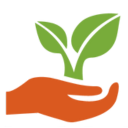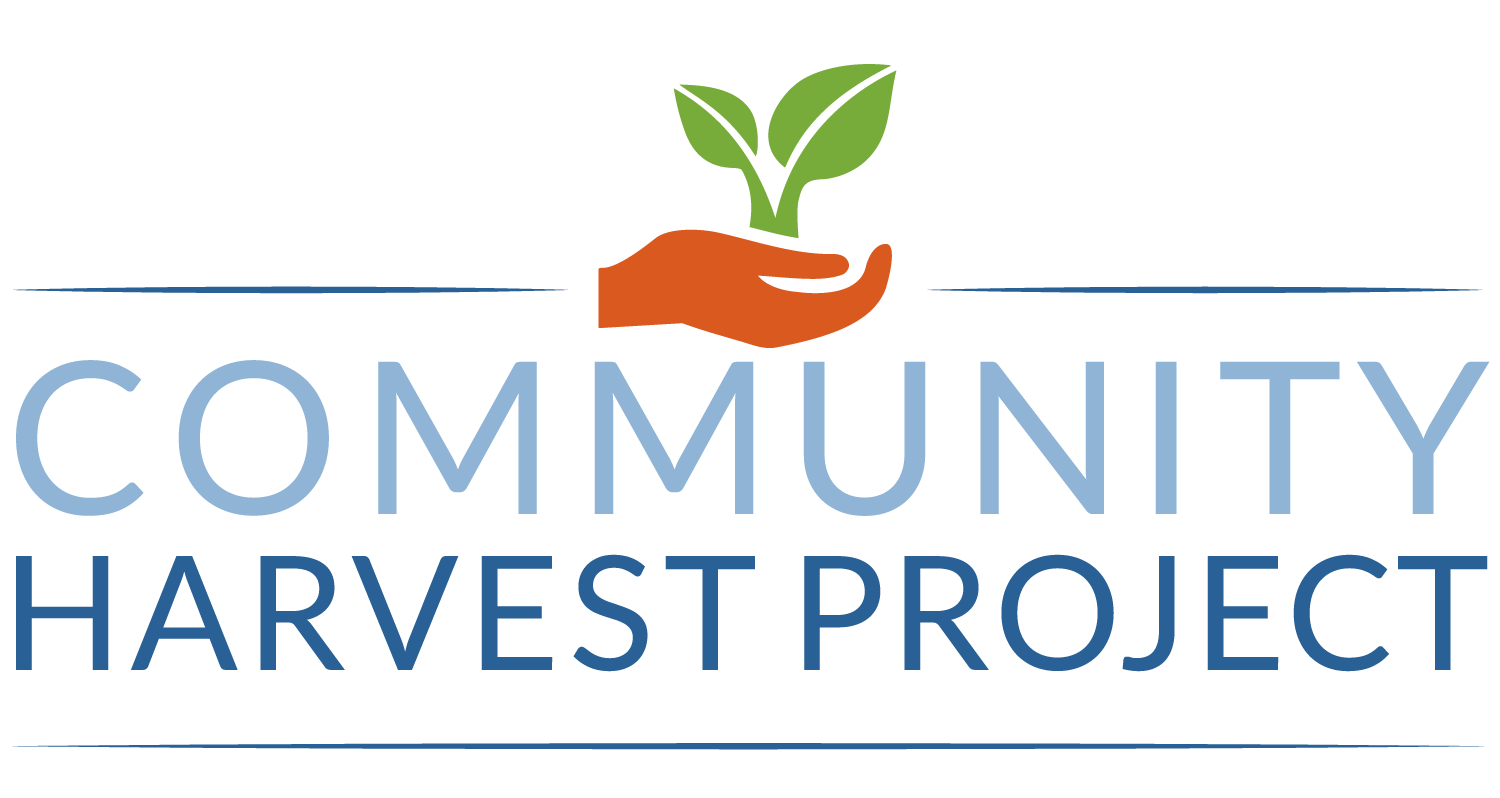How We Farm
Learn About Our Farming Practices
At Community Harvest Project, we take pride in our farming practices, prioritizing sustainability, environmental sensitivity, and community health. We incorporate numerous organic techniques and principles into our operations. At CHP, farming isn’t just about growing food—it’s about cultivating a sustainable future for our community. Learn more about how we farm below.
Are Community Harvest Project (CHP) farms certified organic?
Our farms are not certified organic by any third party. We do employ many organic practices in both of our farm operations. These include: vegetable pest management, crop rotation, and soil regeneration, along with many of our fertility and variety/seed decisions. Our crop protection activities are carried out according to the principles of Integrated Pest Management (IPM), focusing on strategies which balance ecological impact and efficacy.
What is Integrated Pest Management (IPM)?
According to the Environmental Protection Agency (EPA), “Integrated Pest Management (IPM) is an effective and environmentally sensitive approach to pest management that relies on a combination of common-sense practices. IPM programs use current, comprehensive information on the life cycles of pests and their interaction with the environment. This information, in combination with available pest control methods, is used to manage pest damage by the most economical means, and with the least possible hazard to people, property, and the environment.” [EPA, source]
What sorts of pests affect the crops at Community Harvest Project farms?
Pests which negatively affect our food crops range from vertebrates such as deer, rodents, some birds and insects, to invasive weeds and plant pathogens such as bacteria, fungi, and viruses. All IPM activities at CHP begin with identifying the target species for any control strategy and applying the mitigation measure which has the greatest efficacy while posing the least adverse ecological impact.
What sort of activities are included in IPM practices at CHP?
Our IPM activities employ biological, physical, chemical, and cultural tools to accomplish pest management goals. Examples include practices such as introducing predatory beneficial species (biological), installing bird netting (physical), spraying or applying organic and/or conventional products (chemical), and utilizing mulch and drip irrigation to limit weed growth (cultural).
How does CHP protect pollinators and other non-target species?
Beneficial and non-target species of plants and wildlife are protected through a variety of practices. These can include adjusting activities according to time of day, wind speed and direction, and precise application. Where applicable, all IPM activities are done in compliance with EPA intended-use requirements which include risk mitigation measures and controls.
Who performs pest management activities at Community Harvest Project?
Everyone who pulls a weed or helps erect a deer fence at CHP is lending a hand to our pest management efforts. In the case of regulated activities such as the purchasing, storage, and application of EPA restricted-use products (including many listed as OMRI/organic), these are conducted in a responsible manner by farm staff members who are specifically certified to perform these activities. Our farming operation employs farmers who each maintain a current Pesticide Applicators License with the Commonwealth of Massachusetts. Each license holder completes ongoing education activities each year relating to topics such as regenerative farming practices, pollinator protection, sustainable nutrient management, and more in order to ensure our strategies are based on the most up-to-date agricultural best practices.
How do we protect people from pest management activities and materials?
CHP provides relevant information and transparent messaging regarding our IPM practices in order to keep people safe on our farms. For visitors and the general public, this can include signage such as “Warning: Electric Fence” or “No Entry”, or even physically-restricted access to treated areas during application and re-entry periods. For farm staff (including employees as well as volunteer Team Leaders) we provide annual USDA Worker Protection training, posted information regarding current and recent spray activities and re-entry intervals, and up-to-date documentation of Safety Data Sheets (SDS), where applicable.

Learn More about CHP

Our Team

Open Positions


